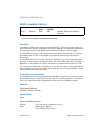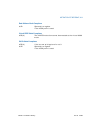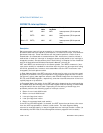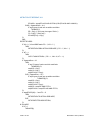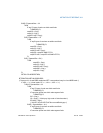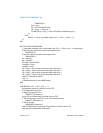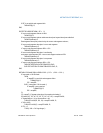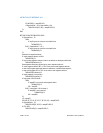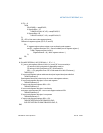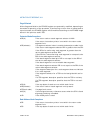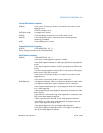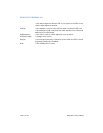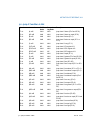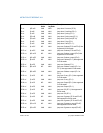
Vol. 2A 3-495
INSTRUCTION SET REFERENCE, A-M
IRET/IRETD—Interrupt Return
IF EIP is not within code segment limit
THEN #GP(0); FI;
END;
PROTECTED-MODE-RETURN: (* PE
= 1 *)
IF return code segment selector is NULL
THEN GP(0); FI;
IF return code segment selector addresses descriptor beyond descriptor table limit
THEN GP(selector); FI;
Read segment descriptor pointed to by the return code segment selector;
IF return code segment descriptor is not a code segment
THEN #GP(selector); FI;
IF return code segment selector RPL < CPL
THEN #GP(selector); FI;
IF return code segment descriptor is conforming
and return code segment DPL > return code segment selector RPL
THEN #GP(selector); FI;
IF return code segment descriptor is not present
THEN #NP(selector); FI;
IF return code segment selector RPL > CPL
THEN GOTO RETURN-OUTER-PRIVILEGE-LEVEL;
ELSE GOTO RETURN-TO-SAME-PRIVILEGE-LEVEL; FI;
END;
RETURN-TO-SAME-PRIVILEGE-LEVEL: (* PE = 1, RPL = CPL *)
IF new mode ≠ 64-Bit Mode
THEN
IF tempEIP is not within code segment limits
THEN #GP(0); FI;
EIP ← tempEIP;
ELSE (* new mode = 64-bit mode *)
IF tempRIP is non-canonical
THEN #GP(0); FI;
RIP ← tempRIP;
FI;
CS ← tempCS; (* Segment descriptor information also loaded *)
EFLAGS (CF, PF, AF, ZF, SF, TF, DF, OF, NT) ← tempEFLAGS;
IF OperandSize =
32 or OperandSize = 64
THEN EFLAGS(RF, AC, ID)
← tempEFLAGS; FI;
IF CPL
≤ IOPL
THEN EFLAGS(IF)
← tempEFLAGS; FI;
IF CPL = 0
THEN (* VM = 0 in flags image *)




